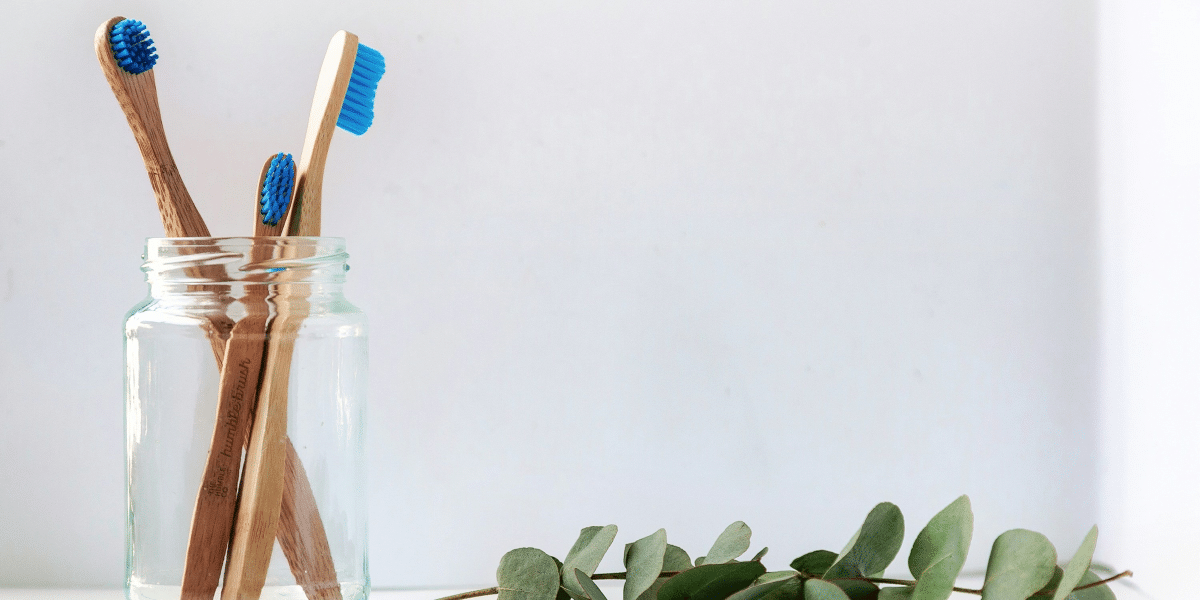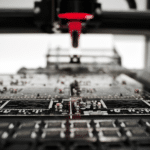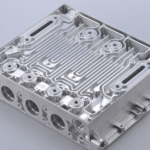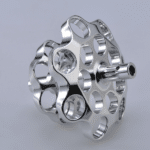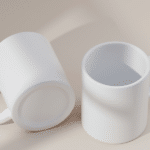Toothbrushes are a familiar part of our everyday lives, serving as crucial tools for maintaining oral hygiene that many of us often overlook. However, their journey through history reveals a rich tapestry of innovation and cultural significance.
The evolution of the toothbrush dates back thousands of years, beginning with primitive tools created by ancient civilizations. From frayed twigs used by the Babylonians and Egyptians to the first bristle brushes created in China, the quest for effective dental care has driven remarkable advancements over the centuries.
As societies evolved and dental health became increasingly prioritized, the toothbrush transformed from a rudimentary implement into a scientifically designed instrument. Today, toothbrushes come in various styles – manual and electric – each tailored to meet the diverse needs of users.
Let’s discover the fascinating history of toothbrushes, highlighting key developments and innovations that have shaped their design and functionality, ultimately emphasizing their crucial role in promoting oral health throughout human history.
Early Beginnings: The Birth of Dental Care
The origins of the toothbrush can be traced back to ancient civilizations, where early humans sought ways to clean their teeth. Between 3500 and 3000 B.C., the Babylonians and Egyptians utilized primitive dental tools known as chew sticks. These were slender twigs that had one end frayed, creating a rudimentary brush.
Archaeological findings show that the Egyptians preserved these items in their tombs, highlighting their significance in early dental care and the cultural value placed on oral hygiene.
The Chew Stick: Nature’s First Toothbrush
The chew stick was the earliest known method of oral cleaning. Users would chew on one end of the twig until it became frayed, then rub it against their teeth and gums. Various cultures, including the ancient Greeks and Romans, adopted similar practices, utilizing available natural materials.
The First Bristle Toothbrush
The innovation of the first true bristle toothbrush is credited to the Chinese in the 1400s. These brushes featured bristles made from the coarse hair of dogs, affixed to handles crafted from bone or bamboo. This design was revolutionary, as it combined the effectiveness of bristles with a manageable handle, allowing for more thorough cleaning than the chew sticks of earlier times.
As trade routes expanded, this design eventually made its way to Europe. The toothbrush was adapted to incorporate horsehair, which many Europeans preferred over hog hair. Some models even experimented with feathers as bristles, although these were less effective.
Despite the advancements, the hygiene standards of these early toothbrushes left much to be desired, as they were difficult to clean and could harbor lots of bacteria.
The Evolution of the Toothbrush Design
The modern toothbrush began to take shape in England around 1780, thanks to the ingenuity of William Addis. After being inspired while in prison, Addis crafted a toothbrush with a handle made from cattle bone and bristles from pig hair. This marked a significant leap toward more effective dental care tools, as it was one of the first mass-produced toothbrushes.
Key Milestones in Toothbrush Development
1844: The first three-row bristle brush was designed, allowing for more bristles to contact the teeth simultaneously and enhancing cleaning effectiveness
1935: The introduction of nylon by Wallace Carothers of DuPont marked a turning point in toothbrush manufacturing. The first nylon toothbrush, called Doctor West’s Miracle Toothbrush, was launched, offering a more hygienic and durable alternative to animal hair bristles.
1950s: Softer nylon bristles became the standard in toothbrush manufacturing, leading to improved comfort and effectiveness during brushing.
The Rise of Electric Toothbrushes
The first electric toothbrush was developed in 1939, primarily aimed at individuals with limited dexterity. However, it was not until 1960 that a widely used electric toothbrush hit the American market. Marketed as the Broxodent, this toothbrush helped popularize electric brushing, offering consumers an innovative alternative to manual brushing methods.
Electric toothbrushes have continued to evolve, with advancements in technology leading to features such as timers, pressure sensors, and various brushing modes. These innovations have made brushing easier and more effective for users, particularly those with specific dental concerns.
Choosing the Right Toothbrush Today
In the present day, toothbrushes come in a variety of shapes, sizes, and styles, catering to diverse preferences and needs. The American Dental Association (ADA) recommends soft-bristle brushes as the premier option for most people, as they effectively clean teeth and gums without causing damage.
Dr. Max Dawabsheh, a dentist at Thorncrest Dental in Etobicoke, Canada, explains that electric toothbrushes outperform manual ones in effectively removing food particles, debris, and bacteria, especially in areas like between the teeth and along the gumline. Research shows that just two minutes of brushing with an electric toothbrush can achieve results similar to seven minutes of manual brushing.
Factors to Consider when Selecting a Toothbrush
· Head Size: Smaller head sizes allow for better access to hard-to-reach areas, particularly in the back of the mouth. This can be especially important for individuals with smaller mouths or those who find maneuverability challenging.
· Grip: Choose a handle that feels comfortable and secure in your hand. Ergonomic designs with rubber grips can enhance control and ease of use.
· Bristle Firmness: While soft bristles are generally recommended, some individuals may prefer medium or hard bristles based on personal comfort and oral health needs. However, it is essential to consult with a dentist to ensure the choice aligns with individual dental health needs.
· Replacement Schedule: It’s best to replace your toothbrush every three months or sooner if the bristles become frayed. This helps ensure effective cleaning and minimizes the risk of bacterial buildup.
The Impact of Toothbrush Innovations on Oral Health
The evolution of the toothbrush has had a profound impact on oral health over the centuries. As dental care became more accessible and effective, the incidence of dental diseases decreased significantly. The introduction of fluoride toothpaste in the early 20th century further complemented the advancements in toothbrush technology, offering additional protection against tooth decay.
Conclusion
From ancient chew sticks to the sophisticated electric toothbrushes of today, the toothbrush has undergone a remarkable transformation. The journey of this simple yet essential tool reflects humanity’s growing understanding of oral hygiene and its importance to overall health. Modern toothbrushes, designed with scientific principles and ergonomic considerations, are testament to the technological advancements that enable us to maintain healthy smiles.
As we continue to learn more about oral health, the evolution of the toothbrush serves as a reminder of how far we have come, and how essential it remains in our daily routines. The toothbrush, once a rudimentary tool, is now a finely crafted instrument that plays a vital role in promoting dental health for millions worldwide.
Published by: Martin De Juan


